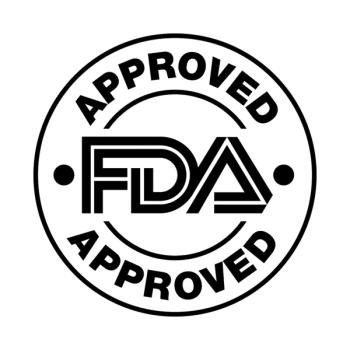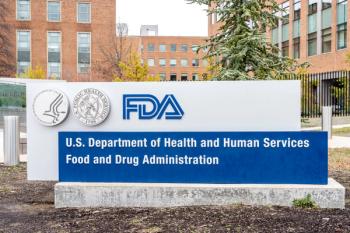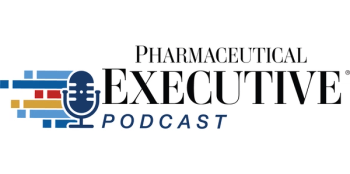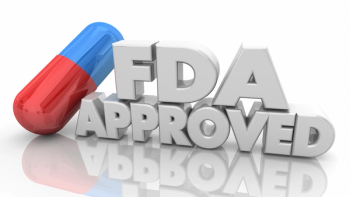
Prescription drug spending on the rise
A new report released by the Washington-based National Institute for Health Care Management reveals that spending on retail outpatient prescription drugs rose 18.8% from 1999 to 2000, from $111.1 billion to $131.9 billion. The report attributes the bulk of this growth to "increased expenditures among a relatively small number of drugs and therapeutic categories of drugs." The report also noted an increase in the number of prescriptions overall and a shift toward the use of costlier drugs.
A new report released by the Washington-based National Institute for Health Care Management reveals that spending on retail outpatient prescription drugs rose 18.8% from 1999 to 2000, from $111.1 billion to $131.9 billion. The report attributes the bulk of this growth to "increased expenditures among a relatively small number of drugs and therapeutic categories of drugs." The report also noted an increase in the number of prescriptions overall and a shift toward the use of costlier drugs.
Other highlights of the report:
• Increases in the sales of just 23 individual drugs were responsible for 50.7% of the $20.8 billion rise in prescription drug spending from 1999 to 2000.
•Â Among the 50 drugs contributing most to the one-year increase in spending, sales rose 40.2%. Sales of all other drugs increased 7.9%.
• Antidepressants remained the top-selling prescription medicine in the United States with retail sales of $10.4 billion in 2000, up 21% from 1999.
• The average retail price for a prescription in 2000 was $45.27, up from $40.96 in 1999.
• A total of 2.9 billion prescriptions were dispensed in the retail market in 2000, up from 2.7 billion in 1999.
"Our findings update recent research documenting the trend in pharmaceutical spending in the U.S.," read the report. "They add to a growing body of evidence showing that an escalation in the volume of prescriptions being dispensed and a shift to the use of newer drugs that are typically more costly are the principal forces behind the recent increase in prescription drug expenditures."
PhRMA's view
The Washington-based Pharmaceutical Research and Manufacturers of America disputed the figures and said that the NIHCM report was biased.
"NIHCM acknowledges that their data are more limited than the all-encompassing drug expenditure data released by the highly respected health information group, IMS Health," said PhRMA president Alan Holmer. "According to IMS, total prescription drug expenditures rose 14.7% â not 18.8% â in 2000. And only 3.9% of the 14.7% figure represents price increases. The remaining 10.8% reflects the fact that more patients are getting more and better medicines."
Added Holmer: "It's important to recognize that twelve out of thirteen members of NIHCM's board of directors are CEOs from Blue Cross and Blue Shield managed-care companies - companies apparently looking for ways to cut costs by reducing benefits for patients. While cost-containment is important, we believe that prescription drugs have been proven the most cost-effective treatment for many illnesses and ailments." PR
Newsletter
Lead with insight with the Pharmaceutical Executive newsletter, featuring strategic analysis, leadership trends, and market intelligence for biopharma decision-makers.





